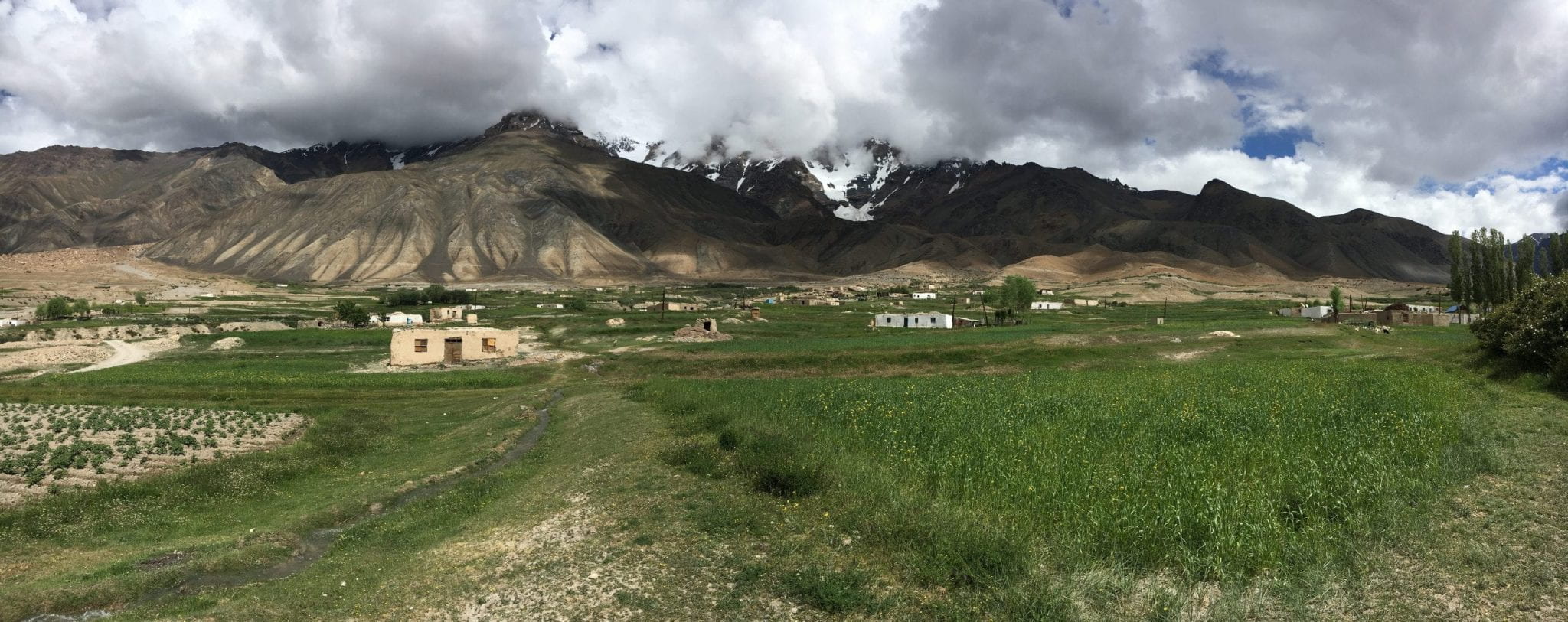Aware of the fact that rain, despite its importance, can sometimes bring destruction, Many countries around the world are following China's example in establishing so-called sponge cities capable of absorbing water and preventing its accumulation and flooding. By increasing green spaces, Use window surfaces instead of traditional concrete, and planting rooftops, All this to build resistance against severe and rainstorms.
Amid environmental crises and contemporary lifestyle pressures, Densely populated cities seek to enhance livability, sustainability, resilience and build resistance to natural threats. Traditional infrastructure that serves many vital purposes is no longer sufficient.
Challenges abound in front of these structures known as "gray". including climate change, floods, pollution and habitat loss, As in China, which faces frequent flooding every summer, Landslides follow. The Intergovernmental Panel on Climate Change report noted that 700 million people live in areas with rising rainfall. The government shows that 98% of Chinese cities are at risk of flooding. The latest was the flood in Beijing in 2012, killing 79 people and putting Chinese authorities in question about their policies in the face of natural disasters. The unprecedented rate of urbanization is part of the problem. The spread of paved roads, tunnels and bridges limits the presence of soil capable of absorbing rain, What hinders the natural cycle of water.
To achieve a kind of balance, China has developed the concept of "sponge cities", It refers to urban spaces that are densely covered green and able to absorb and store water during rainfall for reuse when needed.
In 2015, The initiative was officially launched in 16 cities, It gradually expanded until the number reached 30, Each has its own system that makes it a spongy city. These systems reduce the intensity of rainwater flow on the one hand, and evenly distribute soil water absorption on the other hand, To create purifiable and reusable underground stores according to environmental engineering methodologies.
The metropolis of Shanghai has been one of the experimental cities, It has embraced a system that purifies about 15,000 cubic meters of water per day along with several floating islands made up of floating aquatic plants capable of cleaning water and providing a habitat for birds. On land, rooftops are covered with plants, The roads are paved with permeable concrete that allows water to penetrate deep into the ground and evaporate the excess to lower the average temperatures.
It is worth noting that the Chinese idea has been globally popular, And it bore different names in every part of the world, For example, it was called "green infrastructure" in Europe, and "low-impact development" in the United States, and Australia's "water-sensitive urban design", and Peru's "natural infrastructure", and "nature-based solutions" in Canada.
In Wales, for example, The government focuses on green infrastructure projects, It launched a project to upgrade the drainage system, reduce the amount of rainwater entering it and improve the quality of roads in the capital, Cardiff.
The project is based on the establishment of green spaces called "rain gardens" that reduce the flow of rainwater, purify it from pollutants and divert its course to one of the nearby rivers, known as the River "Tav", Instead of traveling 8 kilometers to be processed before being transferred to the sea. Below each garden, A network of drainage pipes intended to transport water that the soil cannot absorb in case of severe storms stretches.
In a similar experience, The New York State Department of Environmental Protection has begun converting parts of the five neighborhoods into spongy areas to reduce sewage overflow from the century-and-a-half-old pipe network. By making green infrastructures an essential part of city plans and transforming the outer surfaces into window layers capable of absorbing rainwater and controlling its course, This is done through technologies such as porous pavements and catchment basins located under recreational facilities.
But Chinese innovation faces important challenges. The first of these is groundwater pollution, More than 50% of them are no longer drinkable. This is partly due to the leakage of rainwater that carries with it pollutants from the roofs. Hence, Sponge cities are only partial or immediate solutions, It will not achieve tangible impact unless it includes a comprehensive approach to the issue of pollution.
Hence the second challenge related to financing, The budgets currently available do not allow for the hoped-for expansion. These projects in China cost more than $12 billion. The contribution of the central government to it did not exceed 20%, The rest is ensured by the local governments of the various cities and provinces and some private sector partners.
But despite these challenges, According to Chinese ambition, Sponge cities offer a means to restore the natural cycle of water and conserve it in wetlands, It also contributes to drought resistance and mitigating the devastating effects of flooding on people and infrastructure.
The Welsh government aims to achieve a more resilient urban drainage system. a more sustainable approach to stormwater treatment, And more convenient and comfortable streets for pedestrians, cyclists and motorists with outstanding aesthetic elements.
New York, It looks forward to building a green system capable of absorbing 90% of rainwater and facing severe storms that may occur once every decade. Increase the discharge capacity from 4.5 to 5.8 centimeters per hour.
References:
https://gothamist.com/news/cloudburst-program-would-turn-parts-of-nyc-into-floodwater-super-sponges
https://www.chinadaily.com.cn/opinion/2017-09/26/content_32491069.htm
https://www.wired.com/story/if-you-dont-already-live-in-a-sponge-city-you-will-soon/






